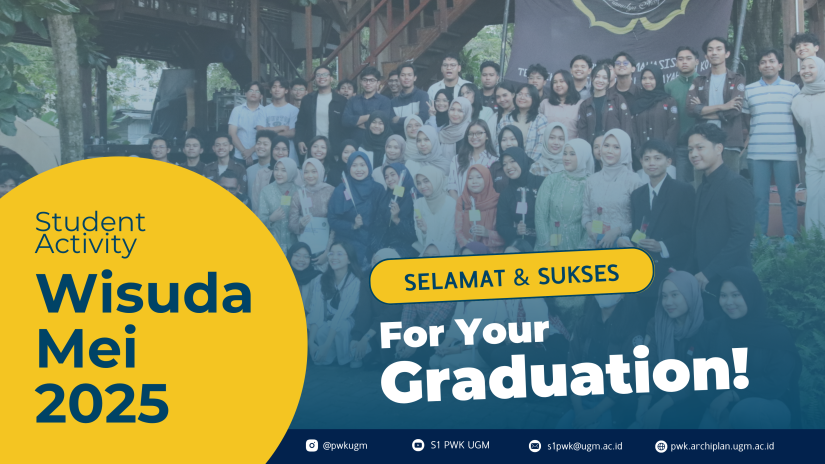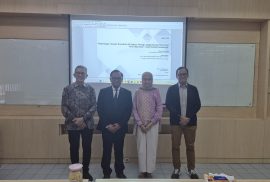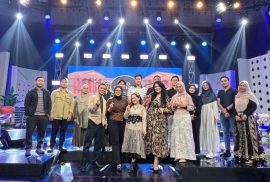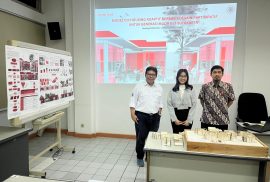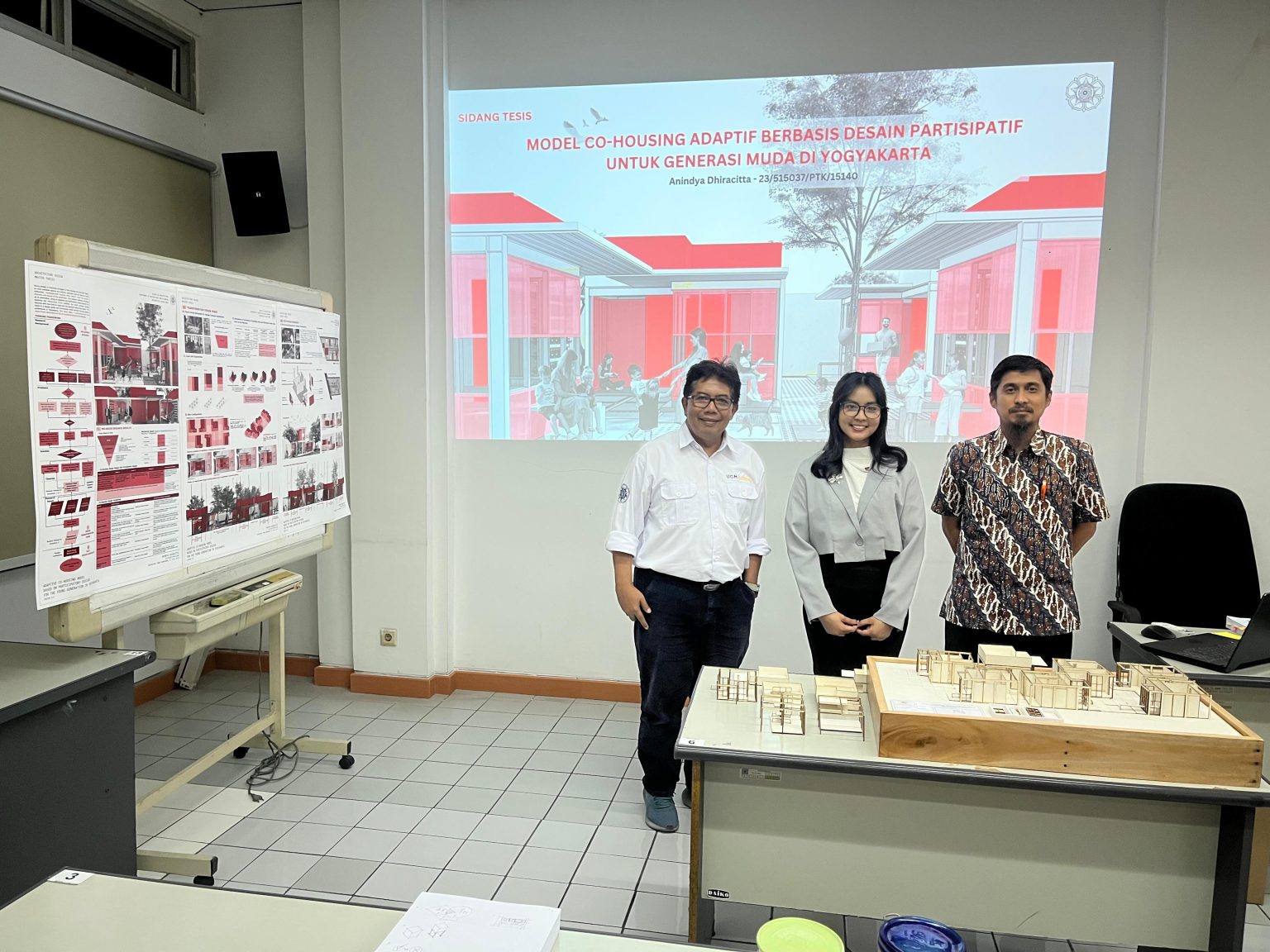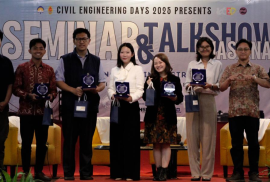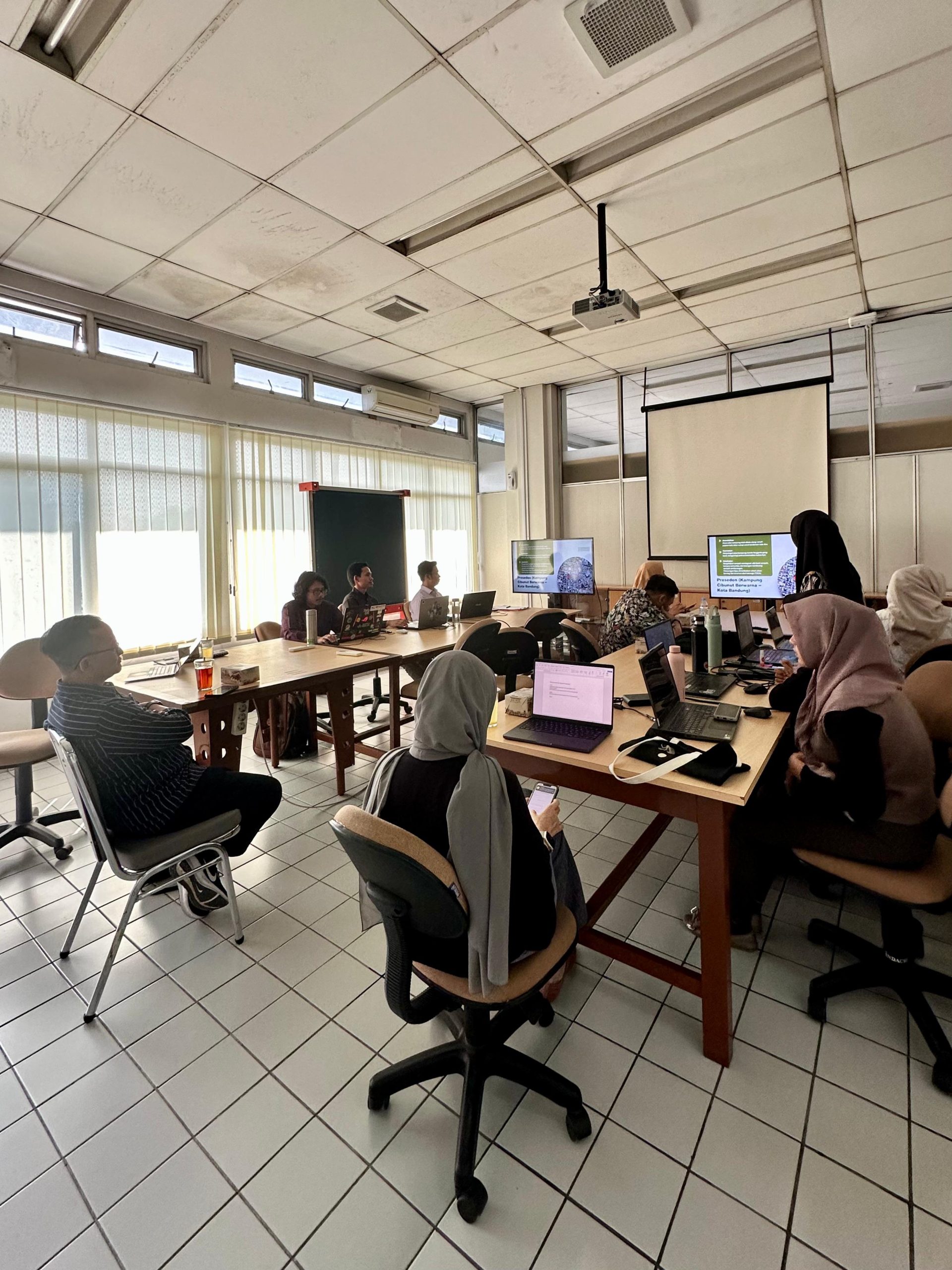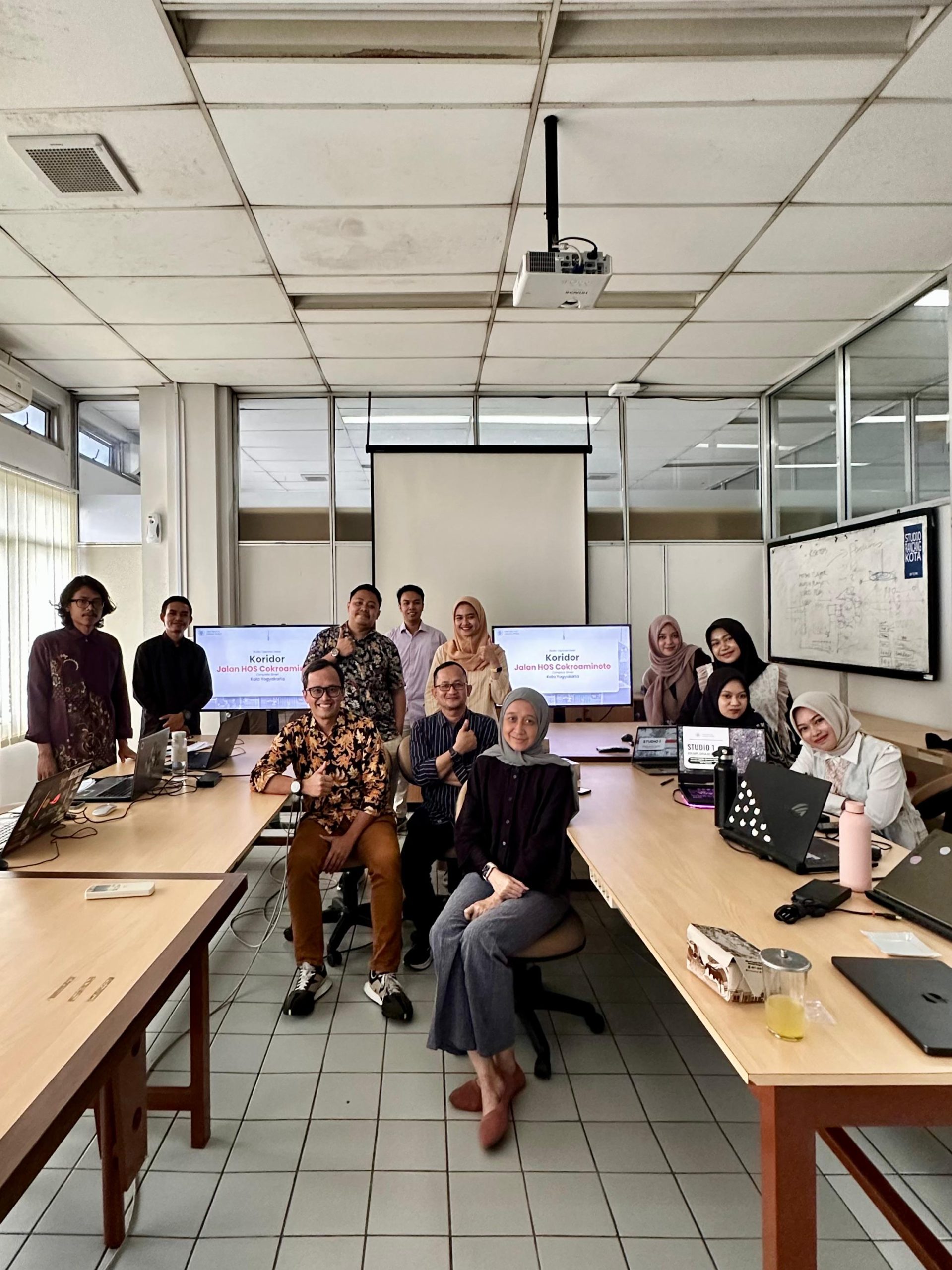On June 25, 2025, the Doctoral Program in Architecture, Department of Architecture and Planning, Faculty of Engineering, Universitas Gadjah Mada (DTAP FT UGM), held a Closed Doctoral Examination for doctoral candidate Mutiawati Mandaka with the dissertation entitled “Urban Morphology of Historic Tourism Cities: Case Study of Lasem, Central Java.”
“This research highlights the crucial role of urban morphology in supporting sustainable tourism development in small historic towns, with a focus on the town of Lasem, Central Java. As a coastal town with rich cultural heritage, Lasem demonstrates how the historical form and spatial structure of the city can shape identity, enhance tourism appeal, and influence the direction of tourism development.”
(Excerpt from the dissertation abstract by Mutiawati Mandaka, 2025, p. xx)








